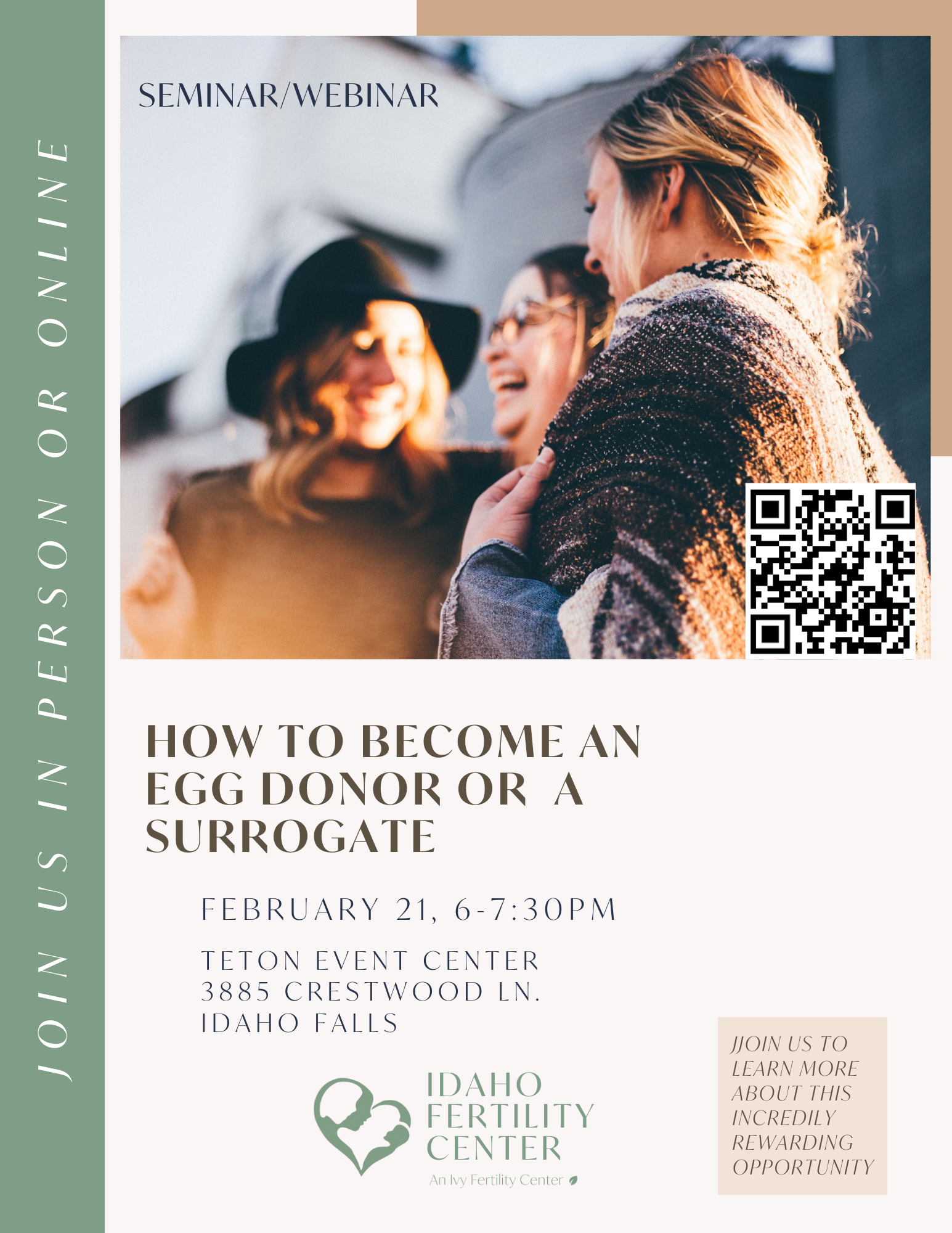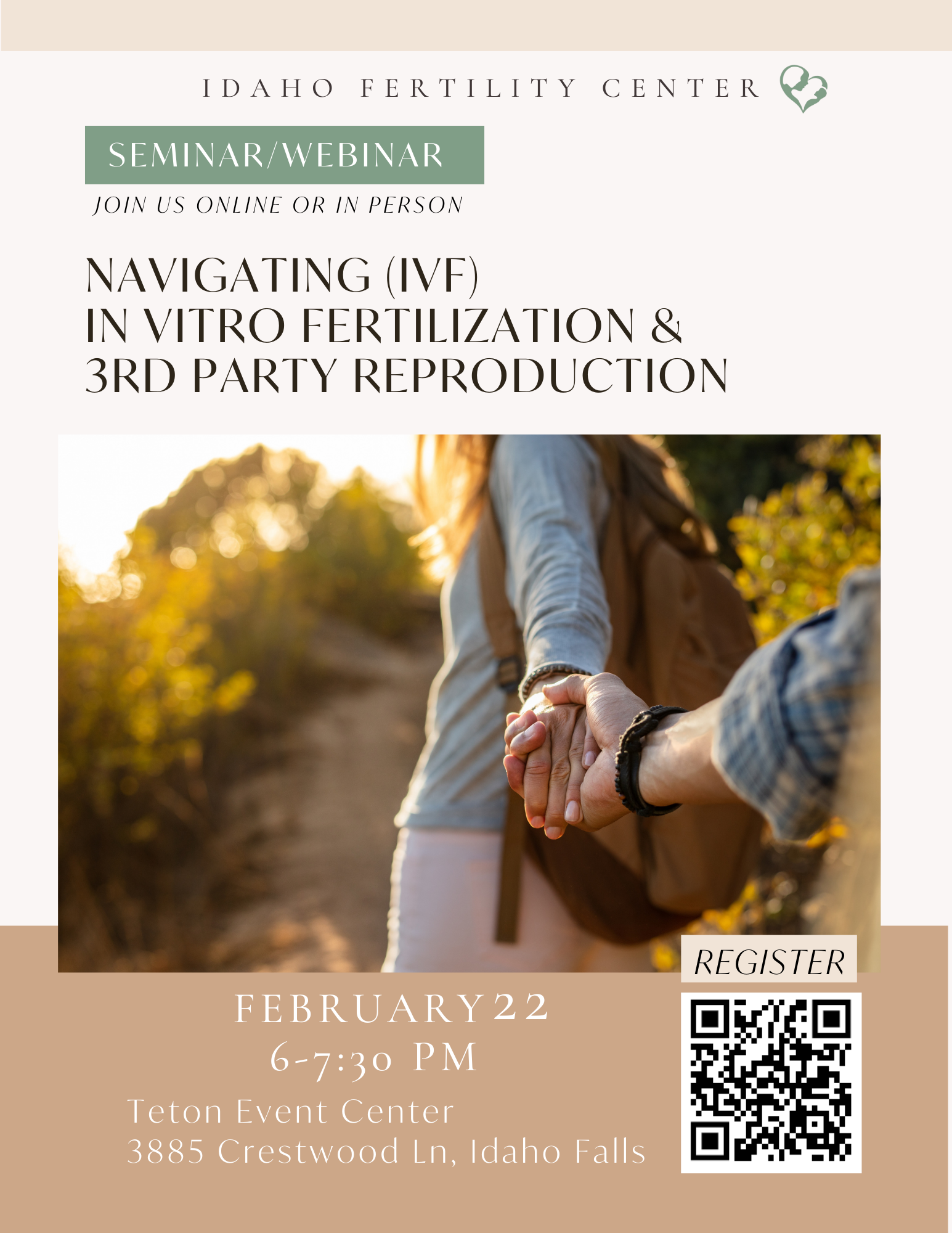
As a woman, your eggs typically develop within fluid-filled cysts (or sacs) inside your ovaries known as follicles. During a normal menstrual cycle, a few follicles start to get bigger when you are getting your period, although usually only one or two of these eggs reach maturity. When that happens, the follicle ruptures and releases its egg during ovulation while the other developing follicles stop developing and degenerate instead. In the end, only a minority of the eggs in your ovaries are released or potentially fertilized during your reproductive lifespan.
During a controlled ovarian hyperstimulation, medication is used to stimulate the production of multiple mature follicles and eggs that can increase your odds of pregnancy when used with infertility treatments such as intrauterine insemination. It is also effective at developing multiple mature follicles that are useful for in-vitro fertilization cycles.
While controlled ovarian hyperstimulation doesn’t actually “fix” infertility, it allows our specialists to increase your ability to conceive by placing multiple eggs and sperm into the fallopian tube when you are ovulating. If you have unexplained infertility, this approach offers a higher possibility for conception than using just timed intercourse by itself.
Ovarian stimulation treatment Cycle
On day 2-4 of your menstrual cycle, a baseline blood and ultrasound are performed and medication is administered soon after. Blood testing and an ultrasound are done to monitor your body’s response to the medication and the sizes of the ovarian follicles. When the follicles are mature, an HCG trigger shot will be administered. This shot is a dose of the hormone human chorionic gonadotropin and is typically created by your body after a fertilized egg is implanted into your uterine lining. The shot is timed to coincide with your matured ovarian follicles. Approximately 36 hours after this shot, you need to either engage in sexual intercourse or insemination. Following this, a count of the antral (resting) follicles is done (approximating your body’s response to the gonadotropins) and portrays the number of primordial follicles your ovaries have in reserve.
The success rate for controlled ovarian hyperstimulation performed with intrauterine insemination will vary. Factors that can affect the success rate include your age, the quality and number of motile sperm there are, how long you and your partner have been trying to conceive, as well as what your infertility factors may be. Controlled ovarian hyperstimulation is usually done for about three cycles if you are under 38 years of age, and if this does not prove successful, IVF is typically the next step.
If you have questions about infertility or would like to know more about controlled ovarian hyperstimulation, please reach out to our caring team in Idaho Falls, Idaho, by calling (208) 529-2019 to schedule an appointment with one of our board-certified Reproductive Endocrinologists. We will work one-on-one with you to create a personalized treatment plan which accommodates your unique needs.




